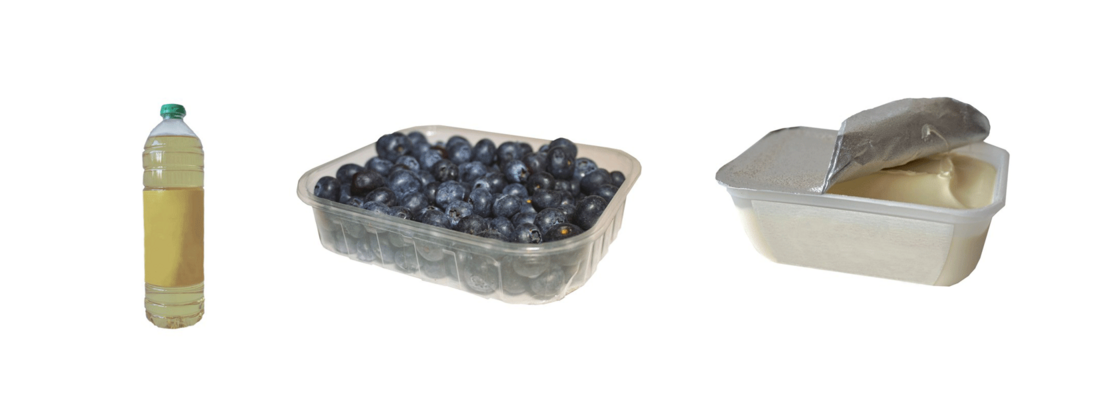Worldwide, almost 400 million tons of plastic are produced annually - all of the cars in Europe together weigh only slightly more. According to estimates, 40 percent of plastics are processed into packaging: for refrigerators, books, deodorants, but also for drinks or cucumbers. A large part of this later ends up in the garbage or in the environment. At the same time, production wastes valuable fossil resources and endangers the climate.
“One possible solution to these problems is environmentally friendly plastic alternatives,” explains Janine Macht, a doctoral student at the Institute for Food and Resource Economics at the University of Bonn. “These include plastics made from renewable raw materials, such as agricultural waste. Some manufacturers also rely on innovative paper-based packaging such as ice cream cups or bottles. We wanted to know what level of acceptance these alternatives receive from consumers and to what extent this also depends on the product that is packaged.”
Macht investigated these aspects together with her colleague Jeanette Klink-Lehmann and project coordinator Dr. Sandra Venghaus from Forschungszentrum Jülich (Venghaus has since moved to a junior professorship at RWTH Aachen University). The researchers conducted an online survey with nearly 3,000 male and female participants from across Germany. The sample was chosen to be as similar as possible to the distribution in the general population in terms of gender, age distribution, and education.
Vegetable oil from the paper-based bottle
The researchers focused their survey on three very different foods: Blueberries, butter and vegetable oil. In addition, there were three different ways in which these products were packaged: in a traditional (but at least recyclable) plastic container, in a bioplastic container, or in a paper-based alternative. There were therefore nine different food-packaging combinations in total.
Respondents were now randomly divided into nine groups. Each of the groups was shown a photo of one of these combinations, along with brief information about the packaging. The subjects were then asked to indicate how environmentally friendly they thought this packaging shown was. They were also asked how suitable they thought the packaging was for protecting, transporting and storing the food in question.
A key finding: Paper-based packaging received significantly better environmental scores on average than packaging made from bioplastics. Conventional plastic packaging scored worst on this point. However, respondents were suspicious about the practicality of the paper containers. They did consider them quite suitable for protecting soft fruit such as berries from damage during transport. As storage containers for vegetable oil, on the other hand, they saw plastic containers clearly in the lead. In fact, conventional plastics scored best here.
Berries in cardboard box tempt you to buy
Participants were also asked to indicate whether they would buy the product in the packaging shown. According to the study, significantly more people would pick berries in a cardboard container than in a plastic basket. Vegetable oil, on the other hand, was most attractive for purchase when it was filled in a bottle made of bioplastic. “So when it comes to making a purchasing decision, customers don't just look at the presumed environmental friendliness, but also at how suitable they think the packaging is for the food in question,” says Macht.







